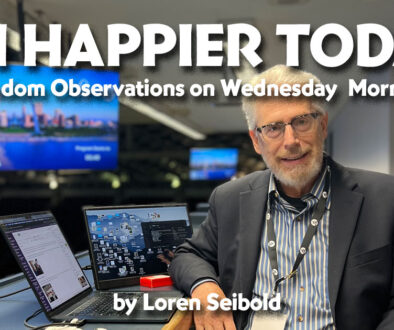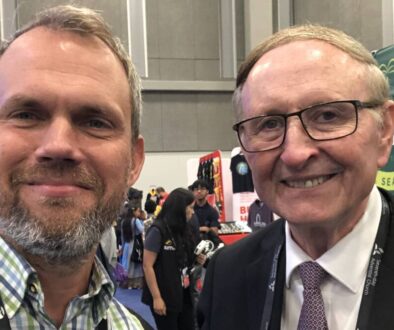Dr. David Wilbur: Power and Illusion: Religion and Human Need. Part 1
by Ervin Taylor
The next 16 blogs on this thread will summarize ideas and perspectives presented in a 2010 book entitled Power and Illusion: Religion and Human Need written by David W. Wilbur. Dr. Wilbur received his PhD from UC Berkeley in biophysics, and MD from the Loma Linda University School of Medicine. His distinguished medical career at LLU focused on clinical oncology. He grew up in the Seventh-day Adventist Church and has, for more than 20 years, been a regular participant in a Sabbath morning discussion group at the Loma Linda University Church of Seventh-day Adventists. Dr. Wilbur states that his book is an attempt to “understand religion as a powerful ideological tool; dependent on a supernatural mask, serving many human needs thus creating its good, its evil and it central importance. “
This book was recently reviewed by the distinguished American historian, Ronald Numbers. Dr. Numbers noted that some of those most insightful students of religion have come from religious fundamentalist backgrounds. He notes the career of Martin Gardner, who spent his youth in the SDA Church, and most readers will know that Numbers himself comes from that same religious tradition. With this book, Dr. Wilbur has now joined the ranks of this illustrious group.
At the beginning of his introduction, a comment of William Butler Yeats is quoted: “Man can embody truth, but he cannot know it.” Wilbur states that his book is “written for those believing or otherwise who, looking at ubiquitous religion, find discontinuities in claims and functions and wish to explore further how it shapes our world . . . [it is an effort] to describe how religion actually works in practice, both its intended and its unintended or unacknowledged effects. I attempt to outline the sources of its power and widespread acclaim and to describe its impact in important areas as diverse as ethics, culture, politics, science and human health.”
Part 2 of this blog will consider the first chapter of this book. Subsequent blogs will continue considering the materials discussed in the book’s 16 chapters. Those not interested in evaluating truth claims of various religious systems, including that of the Adventist version, and willing to undertake “a fair and honest assessment of religions’ many roles” may wish for the next 16 weeks to read some other blog.



